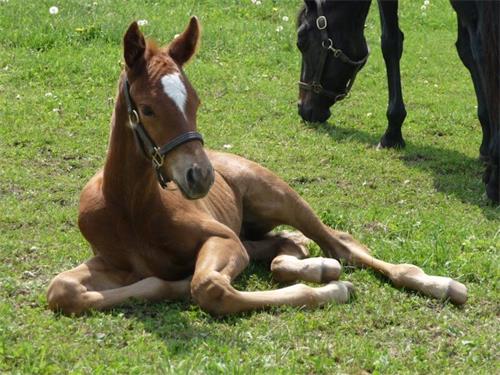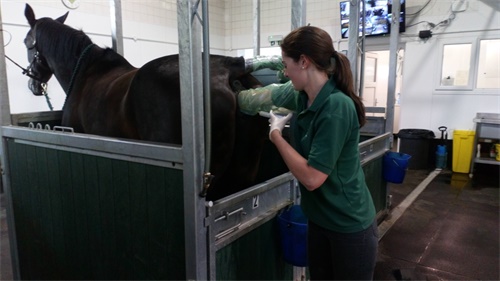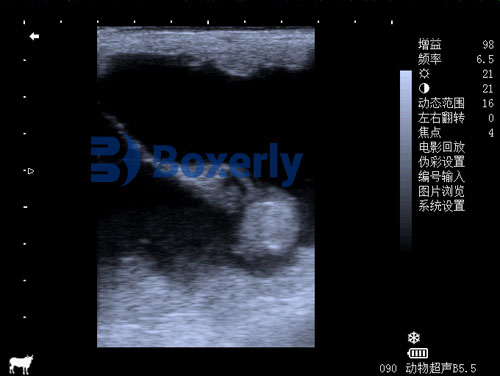As a livestock and equine breeder, artificial insemination (Искусственный интеллект) in horses has been both a game-changer and a challenge. AI allows us to access superior genetics, increase breeding safety, and reduce the physical risks of natural cover. Однако, it also introduces its own set of complexities, from semen handling and timing ovulation precisely, to managing mare-related physiological and behavioral factors. В этой статье, I’ll share insights and common challenges I’ve encountered in equine AI, explain the underlying reasons, and offer practical solutions rooted in both personal experience and veterinary best practices.

Understanding the Basics of Equine AI
Artificial insemination in horses involves collecting semen from a stallion and depositing it into the mare’s reproductive tract at the optimal time for conception. The success of this process depends on several critical factors:
-
Semen quality (fresh, cooled, or frozen)
-
Mare’s reproductive health
-
Accurate ovulation timing
-
Skill of the inseminator
-
Proper hygiene and handling protocols
Even when all these variables seem under control, AI can still fail due to subtle reproductive issues or timing miscalculations.
Common Challenges in Equine AI
1. Detecting Ovulation Accurately
One of the most frequent issues I’ve faced is mistiming the insemination. Unlike some species, mares do not ovulate at the exact same point in every cycle. Ovulation can occur 24 Кому 48 hours before or after behavioral estrus, making it difficult to time AI perfectly.
Solution:
Regular ultrasound examinations are essential. Transrectal ultrasonography allows us to track follicular development and predict ovulation based on follicle size, uterine edema, and cervical tone. Administering ovulation-inducing drugs such as hCG or deslorelin can help synchronize ovulation and narrow the insemination window. Personally, I schedule ultrasounds every 24 hours once a dominant follicle reaches 30-35 миллиметр.
2. Poor Semen Quality or Handling Errors
Even with a healthy mare, insemination can fail if semen isn’t handled correctly. Chilling or freezing semen must be done under controlled conditions, and even slight deviations in temperature or contamination can reduce viability.
Solution:
I make sure semen extenders are used properly, and storage temperatures are strictly controlled (typically 5°C for cooled semen). When using frozen semen, we coordinate with the vet to inseminate within 6 hours of ovulation, since frozen semen survives only a short time in the mare’s tract. I’ve also learned not to compromise on transport time and storage containers—using specialized semen shippers is non-negotiable.

3. Uterine Inflammation (Post-Breeding Endometritis)
Some mares, especially older or previously foaling ones, are susceptible to inflammation after insemination. This condition, known as post-breeding endometritis (PBE), can reduce fertility by creating a hostile uterine environment.
Solution:
Routine post-breeding uterine evaluation via ultrasound 12 Кому 24 hours after AI has become part of my standard protocol. If fluid is detected, I administer oxytocin to stimulate uterine clearance and sometimes perform a uterine lavage. Mares prone to PBE are treated prophylactically.
4. Mare Behavior and Stress
AI requires handling and restraining the mare, sometimes multiple times over several days. Mares under stress or in pain may not ovulate as expected or may resist insemination altogether.
Solution:
Gentle handling, consistency, and working with experienced personnel are key. I try to minimize restraint and use sedation if necessary, but always under veterinary guidance. Ensuring the mare is not experiencing pain from other conditions (like ulcers or lameness) also helps improve cooperation during breeding.
5. Frozen Semen Limitations
Frozen semen offers great flexibility in breeding from stallions abroad or those no longer alive. Однако, its use is technically more demanding and often less successful than fresh or cooled semen.
Solution:
Timing is everything. Since frozen semen only remains viable for 6–12 hours post-thaw, I schedule multiple ultrasounds to pinpoint ovulation, sometimes as frequently as every 6 hours when a dominant follicle is close to rupture. Deep intrauterine insemination (placing semen directly near the uterotubal junction) has improved my conception rates with frozen semen significantly.
6. Subfertility in Mares
Older mares or those with reproductive abnormalities (like cystic follicles or uterine adhesions) often struggle to conceive even with optimal AI conditions.
Solution:
A thorough reproductive exam before the breeding season helps detect these issues early. Uterine culture and cytology, biopsy, and hysteroscopy are tools I use in collaboration with the vet to evaluate uterine health. For some mares, hormonal support or novel therapies (like platelet-rich plasma) may be necessary to improve fertility.
7. Lack of Skilled Personnel
AI in horses is highly technique-sensitive. In some rural areas, access to experienced veterinary reproductive specialists is limited.
Solution:
I’ve invested time in attending reproductive management workshops and collaborating closely with veterinarians. Remote ultrasound consults and AI video training also bridge the gap. For more complicated procedures, like deep horn insemination with frozen semen, I prefer transporting the mare to a specialized facility.

Advancing Equine AI Through Better Tools and Understanding
Modern reproductive ultrasonography has become central to solving many of the above challenges. With real-time imaging of ovarian structures and uterine contents, I can better predict ovulation, detect inflammation, and assess post-breeding outcomes. Some farms are adopting Doppler ultrasonography to assess blood flow in the follicle or corpus luteum, which may provide additional information about ovulation timing and luteal function.
Likewise, better extenders and cryopreservation techniques are improving frozen semen viability. AI success rates continue to climb, especially when veterinary technology and breeder expertise are combined.

Заключение
Artificial insemination in horses offers tremendous reproductive advantages, but it is not without challenges. As a breeder, understanding the biology, mastering the timing, and having a close relationship with a skilled veterinarian are the pillars of success. Every mare is different, and flexibility, observation, and science-based decision-making have helped me achieve higher conception rates while improving the welfare of both mares and foals.
With the continued development of ultrasound technology and breeding protocols, many of the historic limitations of equine AI are being overcome. For those willing to invest in knowledge and precision, AI remains a powerful tool in advancing equine genetics and breeding efficiency.